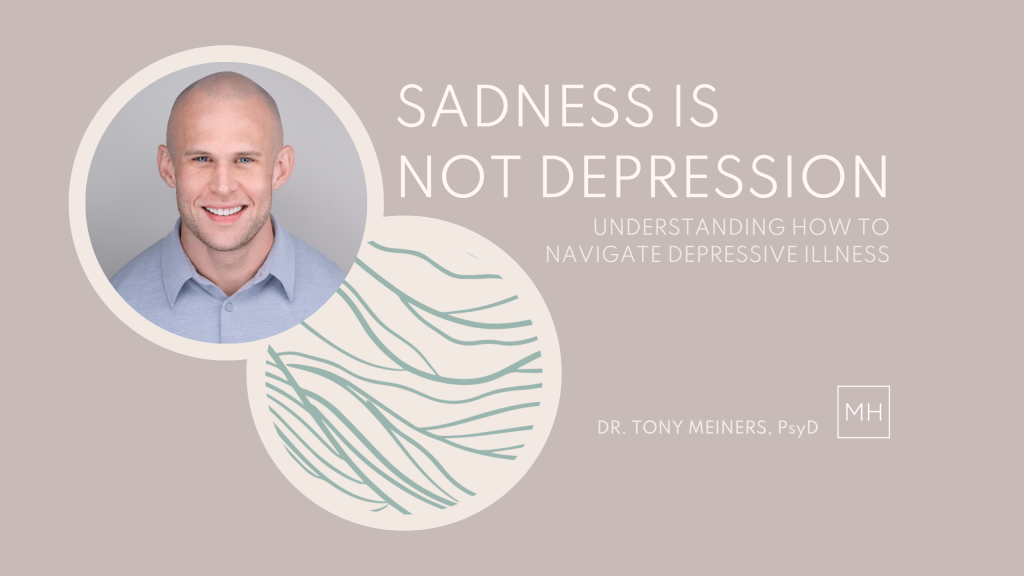Vaping is on the rise with today’s American youth and the numbers prove it. According to the latest statistics from the World Health Organization, the number of vapers has increased rapidly from just seven million people in 2011 to over 35 million in 2016 alone with a predicted increase to nearly 55 million by 2021.
When vaping, a battery-powered e-cigarette heats liquid into vapor for an individual to inhale. This vapor might contain nicotine, flavoring, and other chemicals. A study sponsored by the National Institute for Drug Abuse concluded that vaping is “reversing the hard-fought declines in the number of adolescents who use nicotine, … leading youth into nicotine use and nicotine addiction, not away from it”. Although widely regarded by teens as a “less harmful” alternative to regular cigarettes, the truth is that vaping may pose other serious and avoidable health risks.
Early Onset of Habits for Youth:
The heavy majority of people experimenting with vaping have been high schoolers. Teenagers, given their still developing breaks, are more sensitive to nicotine, and more susceptible to addiction. This makes teenagers the unfortunate target market of tobacco companies. While vaping was initially meant to be an aid to helping adult smokers quit, it has actually been shown to increase cigarette smoking in teenagers. This is because teens eventually move from e-cigs to real cigarettes. These early nicotine habits in turn can affect brain development and functioning in young people, interfering with long-term cognitive functioning and increasing the risks of both mental and physical health problems later in life. Signs of teen vaping to look out for include: increased thirst, desire for enhanced flavors, nosebleeds, acne, and pneumonia.
Dependency in Adult Years:
Youth vaping often translates to a dependency on vaping, smoking and nicotine products in the adult years. E-cigarettes such as Juul are modeled and marketed as the sleek and slim vaping tool of choice, leading a new generation to become addicted to nicotine under the guise of social trendsetting, according to Yale Medicine researchers. Regardless of how it is delivered, nicotine is addictive and harmful for youths, resulting in the Surgeon General issuing an advisory against vaping, in part due to the increased dependency seen in later years.
Negative Effects on Physical and Mental Health:
The negative effects of e-cigarettes and other vaping devices are varied and common. Nicotine has been linked to damage of the nervous and cardiovascular symptoms, cancerous tumor development, stillbirths in pregnant women, and interference with healthy brain development in adolescence. The aerosols in e-cigarettes include toxic and carcinogenic ingredients that also pose health risks. Other major physical health risks include popcorn lung, a medical condition arising from inhaling fumes, that damages the bronchioles and causes breathing difficulties.
Beyond physical health risks, vaping also introduces significant negative effects on mental health. Researchers at the UCSD School of Medicine report that people living with depression, anxiety, or other mental health conditions are three times as likely to be current users of e-cigarettes. In fact, vaping could potentially exacerbate mental health struggles, magnifying conditions such as anxiety and depression as a result of chronic nicotine consumption on brain function. Users of e-cigarettes are significantly more likely to report low self-esteem, impulsivity, and to have mental health histories of attention-deficit disorder, anxiety, depression and more, according to a study by the National Institute of Health.
Solutions:
Though the surge of vaping among American adolescents is daunting, there are several solutions to help teens quit vaping and to manage e-cigarette addiction. Cognitive behavioral therapy can help redirect thoughts when cravings hit, and holistic yoga and meditation can calm withdrawal symptoms. Breathwork therapy, a meditative activity involving the conscious alteration of natural breathing patterns, has also been shown to act as a replacement to the behavior and increase positive outcomes when attempting to avoid the substance. Associated with body-centric practices including yoga and Tai Chi, breathwork reduces stress and increases focus to stimulate the feeling of relaxation that some find in smoking.
While there is no silver bullet, a combination of nicotine patches and holistic cognitive behavioral therapy is proven to aid in the quitting of vaping and e-cigarette products. Seeking help from school counselors, licensed therapists, and treatment programs, as well as staying informed on the signs, symptoms, and health risks associated with vaping can help prevent dependency.
– C.Fogarty
DO YOU HAVE A QUESTION?
Send our team a message or call 888.717.9355


